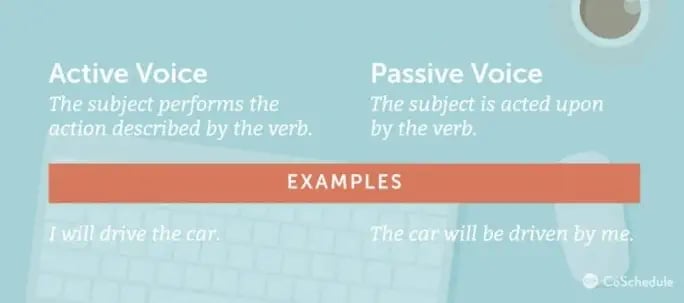Social media has solidified its reputation as a viable B2B marketing tool.
Rather than the fun, leisurely pastime it once was, it is now prolific in the digital marketing space and has been adopted by major business brands looking to take full advantage of the opportunities it offers.
But with competition rife across social media, it pays to hone your writing and curation skills so your business stands out in feeds, gains traction and engages with your targeted audiences.
Here are 11 social media writing hacks to get your social strategy tip top.
1) Short and snappy
Here at Equinet, we refer to social media copywriting tasks as ‘social snippets’. Simply because social media copy should be short, snappy and easy to digest. Snippet format is skimmable. Think short sentences, bullet points and white space, and absolutely no jargon.
2) Draw on trends and seasons
Despite its power to deliver on such a large scale, much of social media can be ephemeral which means it's vital to tap into what’s trending right now. Using trends, holidays or seasons to help shape your copy helps you appear more relevant and ‘real’. This is particularly useful if you’re using a scheduling tool. Think of it this way, if a business posted on Christmas Eve, with no mention of the fact it was Christmas, it might appear slightly robotic.
3) Embrace the emoji
Emojis used to have a bad rep, favoured only by the tongue-tied or the lazy. But they're slowly becoming an accepted component of internet communication. They add a spark of visual imagery to your social media copywriting which helps deliver your message in a more engaging manner.
This doesn’t have to be an all dancing, all singing, dressed-up ‘smiley’ face. Simplistic icons such as ticks, or crosses can help you get a message across effectively.
4) Use visual to support your copy
That said, don’t be afraid of using an engaging image or video to support your copy too, or vice versa. Especially if you wish to encourage conversions.
5) Follow your style guide
Staying true to your brand guidelines is vital for consistency and professionalism. For example, if you use American English on your website, continue to do so on social media.
Similarly, ensure whoever is writing your social media copy is briefed on your style guide and remains true to your business’ voice. While social media has a rep for being casual and conversational styles, it might not be appropriate for your organisation.
6) Remember your buyer personas
Always refer back to your buyer personas when crafting your social media copy, just as you would any other marketing copy. Who are you targeting and what and when are they expecting to hear from you? This will help guide your copywriting in the right direction.
7) Conversion opportunities where possible
Links to your website, your blog, event listing, or contact page where possible enable an opportunity for a conversion within your post. Leverage the reach that social media gives you by generating new leads and an impressive ROI.
8) Distinguish platforms
Linkedin serves a very different purpose to Twitter. Instagram and Facebook are inherently different. Therefore, your copy needs to be tailored to fit the requirements of each platform. This needn’t be overly onerous. Small changes to the same message can make it more suitable for your chosen platform. Hashtags have a place and a function on Twitter, but they might still look out of place on Facebook or Linkedin, for example.
9) Mention influencers
Often, you may wish to share a piece of third-party content you’ve come across or something that has inspired you from another site. @tag or mention the influencer to get your post in front of them. There’s a high chance they will interact with the post which will increase your reach to new audiences.
10) Active voice
CoSchedule advocate writing in the Active voice rather than the Passive while on social media. Action-orientated language is said to be more engaging. If you’re unsure of the difference, they’ve created this handy graphic:

Image source: CoSchedule Blog
11) Proofread
And last but not least, always proofread your posts. Especially if you are using a scheduling tool which posts for you, as you could miss errors that sit on your feed for days.
Grammarly and Hemingway are excellent tools which help you identify mistakes and errors and the Grammarly browser extension can now be added to your social media accounts.


